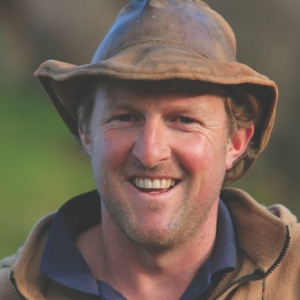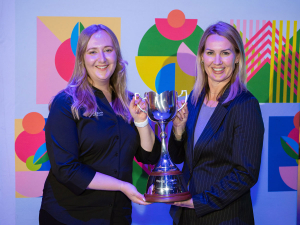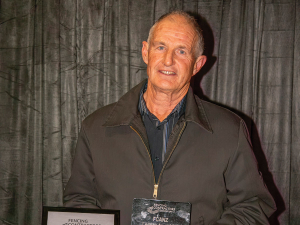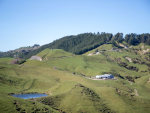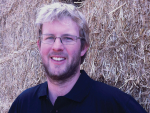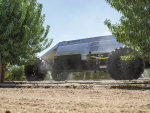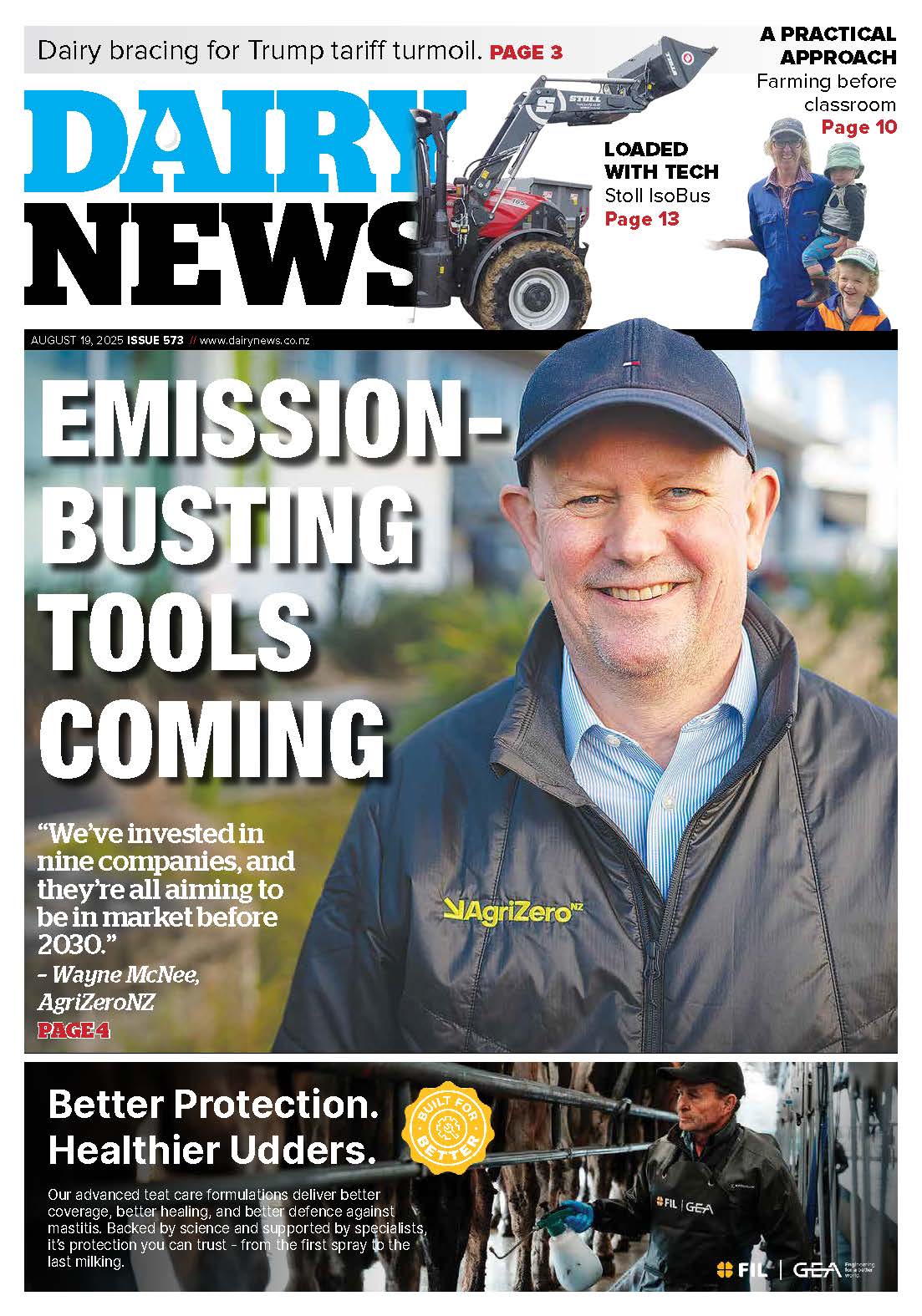After setting up Blue Duck Station on the Whanganui River, Steele, who saw himself as an ordinary Kiwi bloke who grew up on a farm and played rugby, woke up one day and realised he was a conservationist.
“That was a bit of a shock to me because conservationist in New Zealand makes you think of tree hugging, mung bean-eating, flower jersey-wearing hippies, with pickets on Queen St, being anti-business and doing bugger all,” he told the Dairy Women’s Network conference.
“But then I thought ‘Í love New Zealand, I want to look after it, I want everything that leaves New Zealand’s shores to be worth more because we love New Zealand’.”
Blue Duck is a working sheep and beef station with a focus on conservation of its endangered wildlife, increasing the health of native bush and rivers and educating thousands of tourists who visit and stay each year at its four lodges.
Steele said the radical 1% of conservationists get all the television time. They annoy him; you have to be pragmatic and earn a dollar. “We can’t all go broke. We have to have good industry and look after New Zealand also.”
Realist, mainstream conservationists were a growth group in New Zealand and that’s where the future was, he said. If you loved the land, wanted to leave it a better place for your country and your children, you were a conservationist; we had to change our attitudes to what a conservationist is, he said.
“Farmers should be leading this conservation work” and New Zealand should lead the world in conservation. “The world loves our story and they love what we do; the world doesn’t care what we produce – whether it’s cheese, lamb or kiwifruit… They love our story because they perceive us to be a smart little country way down the end of the world that’s isolated and innovative. They will buy anything we produce as long as they love our story.”
Farmers own most of New Zealand, he said. DOC oversees one third of the land, but has such a small budget that only about 10% of conservation land is being actively managed.
Steele said we can’t feed the world and “I don’t think we should try”. If we quadruple our food production we can feed 1% of the world. On a South American touring holiday recently he met a guy in a pub who took him to the farm he worked on.
The farm (run by New Zealanders) was doing a million litres of milk a day. South America could feed more of the world than we ever could but, he said, “it can’t compete with us politically and they can’t compete with us environmentally; in everything else they will blow us out of the water.
“We can’t feed the world but we can feed the wealthy. It’s production versus performance on farms.”
Sheep farmers had been told for years to increase their lambing percentages but he didn’t believe it made the farmers more money. In the push to more productivity dairy farmers looked like “sheep farmers on steroids”.
He said research which showed the best condition-score cows were the most efficient converters of nitrogen to protein would enable dairy farmers to cull the worst performers, run a few less cows, be more environmentally friendly and produce more milk.





